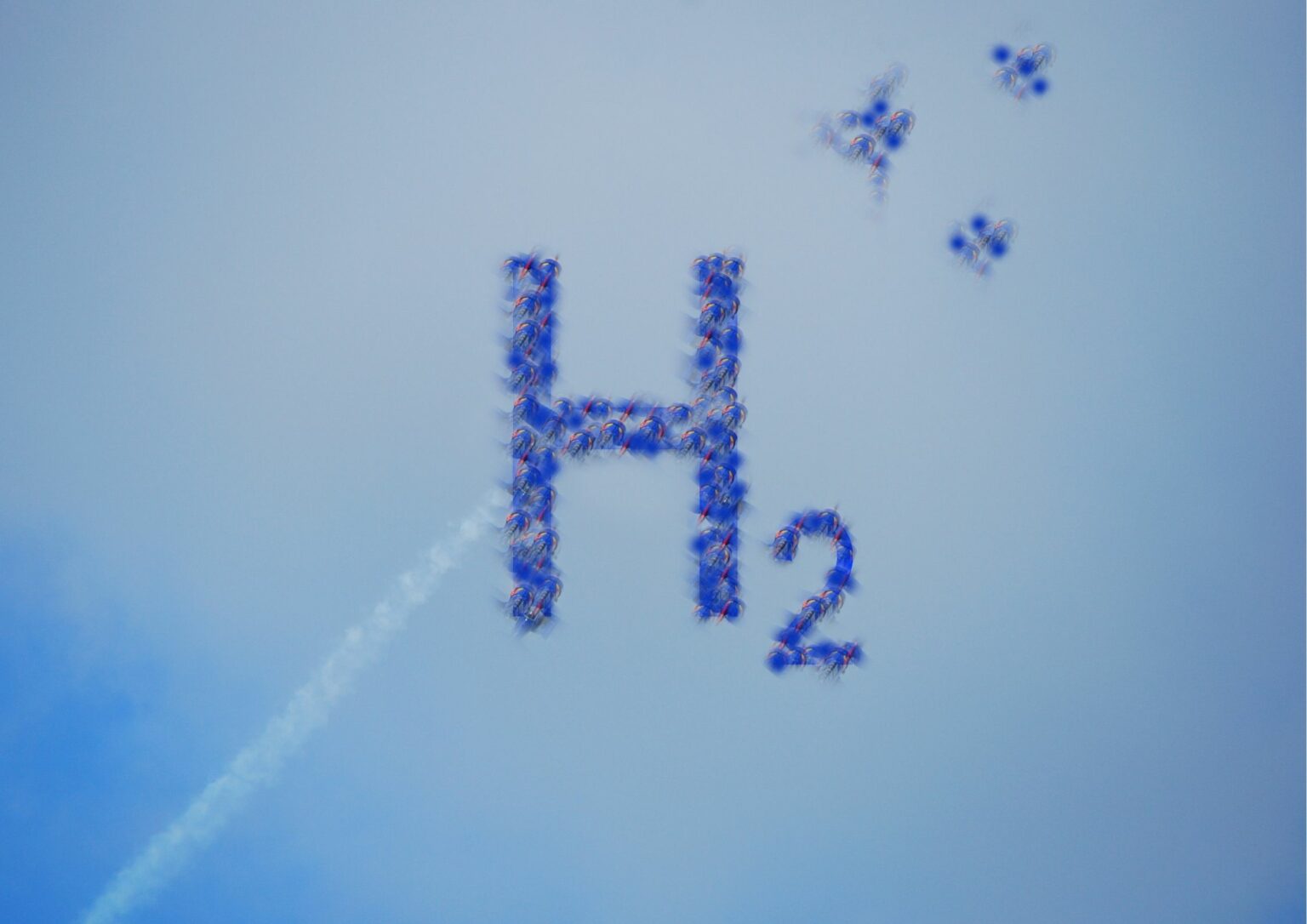Provaris Energy has reported increasing engagement with hydrogen suppliers and off-takers, indicating a growing interest in developing future hydrogen supply chains using the company’s compressed hydrogen storage and carriers.
Provaris Energy is optimizing its strategy to highlight the economic and commercial benefits of a compressed hydrogen supply chain from Nordic countries to Europe’s core hydrogen network. The company’s management team has made strides through workshops and analyses, refining the scope and objectives under existing Memorandums of Understanding (MoUs) and collaborations. These efforts aim to position Provaris as a viable alternative for the regional supply of gaseous hydrogen to Europe.
Each agreement is moving towards binding commitments, clarifying commercial returns and timelines. Provaris is also progressing through technical and economic due diligence with new parties interested in collaborations and partnerships. By 2030, the company aims to develop around 1.5 gigawatts (GW) in hydrogen supply chains, transporting 250,000 tonnes of hydrogen to Europe using a fleet of 10-15 H2Neo carriers.
A critical driver for Provaris’ approach is the need for bulk-scale storage and transport solutions, addressing the scarcity of gaseous hydrogen export projects. The company leverages unique intellectual property and the efficiency of compression technology to meet this demand. German utilities are particularly interested in regional projects that align with customer demands and timing requirements, positioning Provaris to capitalize on this demand.
Over the past year, Provaris has made significant progress in advancing its hydrogen supply chain model through various commercial agreements. These include MoUs with three German utility companies, including Uniper Global Commodities, collaboration with Global Energy Storage (GES) for a compressed hydrogen import facility at the Port of Rotterdam, and partnerships with Norwegian Hydrogen for large-scale green hydrogen projects in Norway, Finland, and Denmark.
Provaris’ ambition to develop 1.5 GW in hydrogen supply chains by 2030 is noteworthy, but it must be viewed within the context of broader industry efforts. The recent EU Hydrogen Bank pilot auction allocated €720 million across seven projects, expected to produce 158,000 tonnes of hydrogen annually. This highlights the scale of investments needed to achieve significant hydrogen production and distribution.
Furthermore, Norway remains a strategic focus for Provaris due to advancements in compressed hydrogen projects and developments within shipping, transport, and industrial applications. Recently, Enova SF, a Norwegian Government agency, awarded NOK 1.2 billion (~US$ 120 million) to six shipping companies for the construction of hydrogen and ammonia-fuelled ships. This investment underscores the competitive landscape and the need for Provaris to continuously innovate and expand its capabilities.
